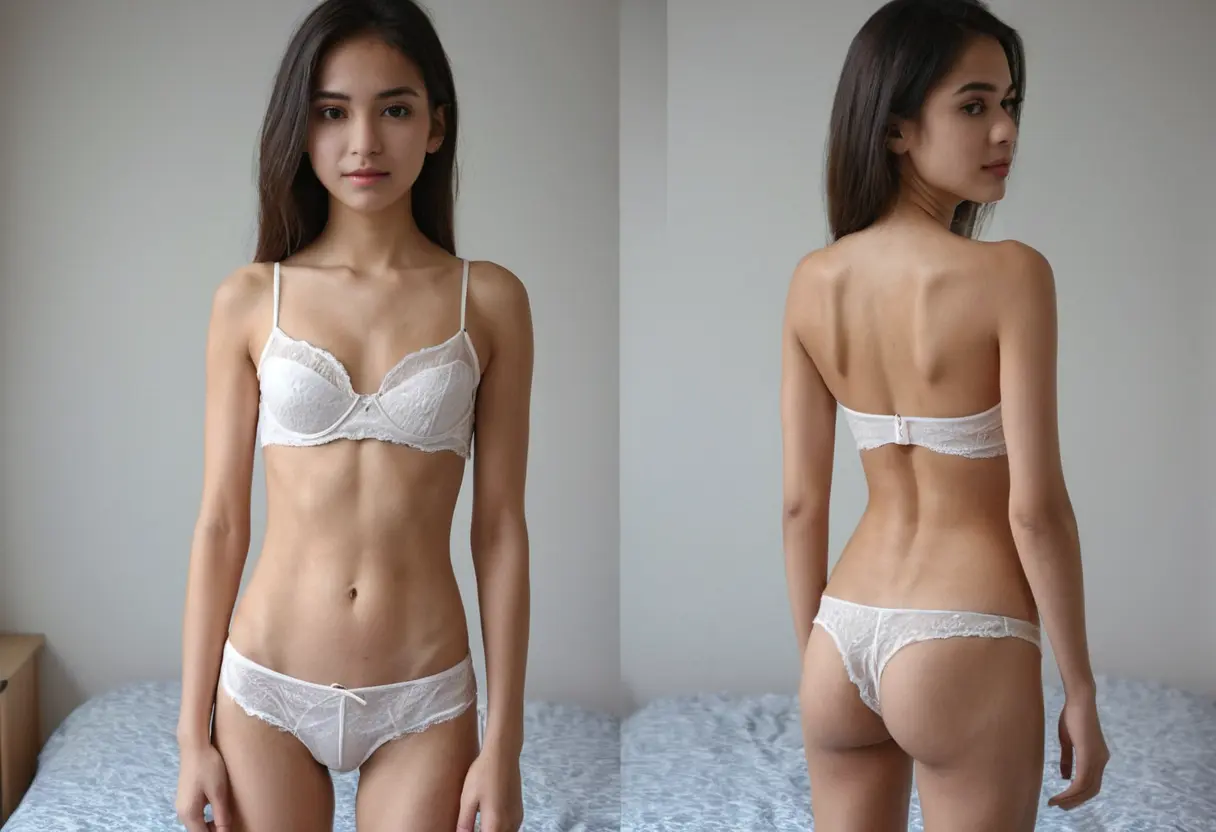Introduction: The Rise of AI in Digital Clothing Simulation for Women
With the rapid advancements in technology, artificial intelligence (AI) has begun to play a significant role in reshaping various industries, including the fashion and retail sector. One of the most exciting developments is the use of AI in enhancing clothing simulation for women in digital environments. This technology allows for the creation of highly realistic virtual clothing, offering a more immersive and efficient experience for both designers and consumers. In this article, we will explore the role of AI in revolutionizing clothing simulation, its benefits, challenges, and its impact on the future of fashion. Whether you are a fashion enthusiast, a designer, or simply curious about the intersection of AI and fashion, this article provides an in-depth look at the transformative potential of AI in clothing simulations for women.
How AI Improves Clothing Simulations in Digital Environments
AI has the potential to revolutionize how clothing is designed, tested, and experienced in digital environments. Through machine learning algorithms, AI can simulate realistic fabric textures, accurate movements, and natural fitting, which were once challenging to replicate virtually. Here are some of the ways AI enhances clothing simulations:

- Realistic Fabric Simulation: AI allows digital models to simulate the behavior of different fabrics, taking into account factors such as elasticity, drape, and texture. This enables a more accurate depiction of how clothes will fit and move in real life.
- Personalized Fitting: AI can use data from body scans or previous shopping behaviors to create virtual clothing that fits an individual's unique body shape. This personalized simulation eliminates the need for physical try-ons and provides a more customized shopping experience.
- Dynamic Movement and Fit: AI-powered simulations can incorporate the movement of the body, such as bending, stretching, or walking, allowing clothing to respond to real-time motion. This results in more lifelike and practical simulations of how clothes perform in different scenarios.
The Role of AI in Fashion Design and Prototyping
Fashion designers have traditionally relied on physical prototypes to bring their ideas to life, but AI is now changing this process by offering digital prototyping solutions. AI-powered clothing simulation tools help designers visualize their concepts before making any physical garments. This provides several advantages in the design and prototyping phase:

- Speed and Efficiency: AI can generate clothing prototypes in a matter of hours, whereas traditional prototyping can take weeks or even months. Designers can iterate their designs quickly and efficiently without the need for physical samples.
- Cost-Effectiveness: By reducing the need for physical materials and labor, AI-driven simulations can lower production costs. Designers can experiment with different fabrics, colors, and patterns without the financial burden of making multiple samples.
- Environmentally Friendly: Reducing the number of physical prototypes helps minimize waste, making the design process more sustainable. AI in clothing simulations supports the fashion industry's shift towards more eco-conscious practices.
AI's Impact on Virtual Try-Ons and E-Commerce
The rise of online shopping has led to an increased demand for virtual fitting rooms, where customers can try on clothes digitally before making a purchase. AI plays a crucial role in improving the virtual try-on experience, helping women find clothing that fits them without ever needing to visit a physical store. Here are a few ways AI is transforming virtual try-ons in e-commerce:

- Accurate Virtual Try-On Technology: AI algorithms analyze customers' body shapes, sizes, and proportions to create realistic, 3D models that allow them to visualize how clothing will look on them. This enhances the accuracy and trustworthiness of virtual try-ons.
- AI-Powered Styling Suggestions: By analyzing a user's preferences, body shape, and past purchases, AI can provide personalized styling recommendations that help users find clothing that suits their tastes and fits them well.
- Improved Customer Satisfaction: With AI-enhanced virtual try-ons, customers can make more informed purchasing decisions, reducing the likelihood of returns and increasing overall satisfaction with their shopping experience.
Challenges in AI-Powered Clothing Simulations
While AI-driven clothing simulations offer numerous benefits, the technology is not without its challenges. Some of the key hurdles in implementing AI in fashion simulations include:
- Data Quality and Accuracy: For AI simulations to be accurate, they require high-quality data. Inaccurate or insufficient data, such as poor body scans or incomplete fabric properties, can lead to subpar simulations and a less reliable experience for users.
- Complexity in Fabric Representation: Different fabrics behave differently, and accurately simulating their behavior in a digital environment remains a challenge. Despite advancements, creating realistic simulations of complex fabrics like silk or leather is still difficult for AI algorithms.
- High Computational Demands: AI-powered simulations require significant computing power, especially for real-time applications such as virtual try-ons. This can make the technology costly and difficult to implement for smaller companies or independent designers.
The Future of AI in Women's Clothing Simulation
The future of AI in clothing simulations looks promising, with continuous advancements in machine learning and computer vision. As AI technology becomes more sophisticated, we can expect even more realistic and personalized digital clothing experiences. Here are some potential developments:
- Augmented Reality (AR) Integration: AI can be paired with AR technology to create interactive shopping experiences where users can try on clothes in real-time using their smartphones or AR glasses.
- Advanced Fabric Customization: AI could eventually allow customers to design their own fabrics and clothing patterns, offering a completely personalized shopping experience from start to finish.
- Seamless Integration with Physical Retail: As AI simulations improve, they could be integrated into physical retail stores, allowing customers to view and try on virtual clothing in real-world settings.
Conclusion
AI is undeniably transforming the way clothing is designed, simulated, and experienced in digital environments, particularly for women. From enhancing virtual try-ons in e-commerce to enabling faster, more cost-effective design processes, the role of AI in clothing simulations offers numerous benefits. Despite challenges related to data accuracy, fabric representation, and computational requirements, the future of AI in fashion remains bright, with many exciting developments on the horizon. As AI continues to advance, we can expect even more immersive, personalized, and efficient clothing simulations that will revolutionize the fashion industry for women worldwide.


